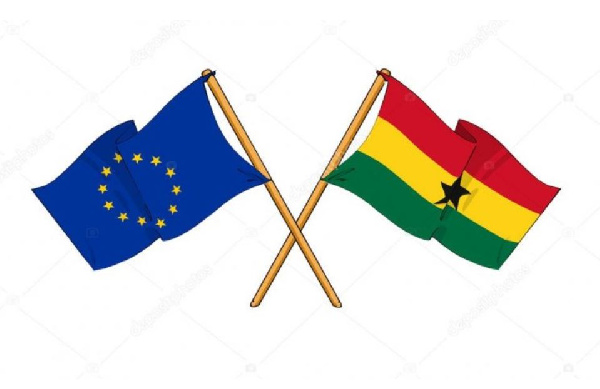Ghana’s macroeconomic performance has been mixed over the last five years, producing inconsistent growth, high budget deficit, depreciating local currency and high interest rates. Successive policies 8 of the Government of Ghana (GoG) leading to the current “Ghana beyond aid” 9 long-term development strategy, are affirmed in the tenets of the EU-Ghana Economic Partnership Agreement. The goal of this long-term development strategy is to integrate Ghana into regional markets as well as into the international trading and investment system so as to strengthen economic development, foster inclusive growth and reduce the incidence of poverty in the country.
Ghana ratified in August 2016 an interim Economic Partnership Agreement (iEPA) with the EU and following its approval by the European Parliament, this stepping stone EPA between Ghana and the EU has been in force since 15 December 2016. The partnership agreement seeks to reinforce and secure a more competitive trading relationship between the two parties.
Without the iEPA, two-thirds of Ghana’s non-traditional exports would face higher tariffs in the EU with the potential to suffocate Ghana’s fast growing non-traditional exports (NTEs).
The EPA provides duty-free quota-free access to the EU market and will thus make made-in Ghana products more competitive in Europe, creating decent job opportunities in Ghana. For the period 2009 to 2016 trade between Ghana and the EU averaged €5.43 billion per annum, composed by EU imports of €2.57 billion from Ghana and EU exports of €2.86 billion to Ghana.








